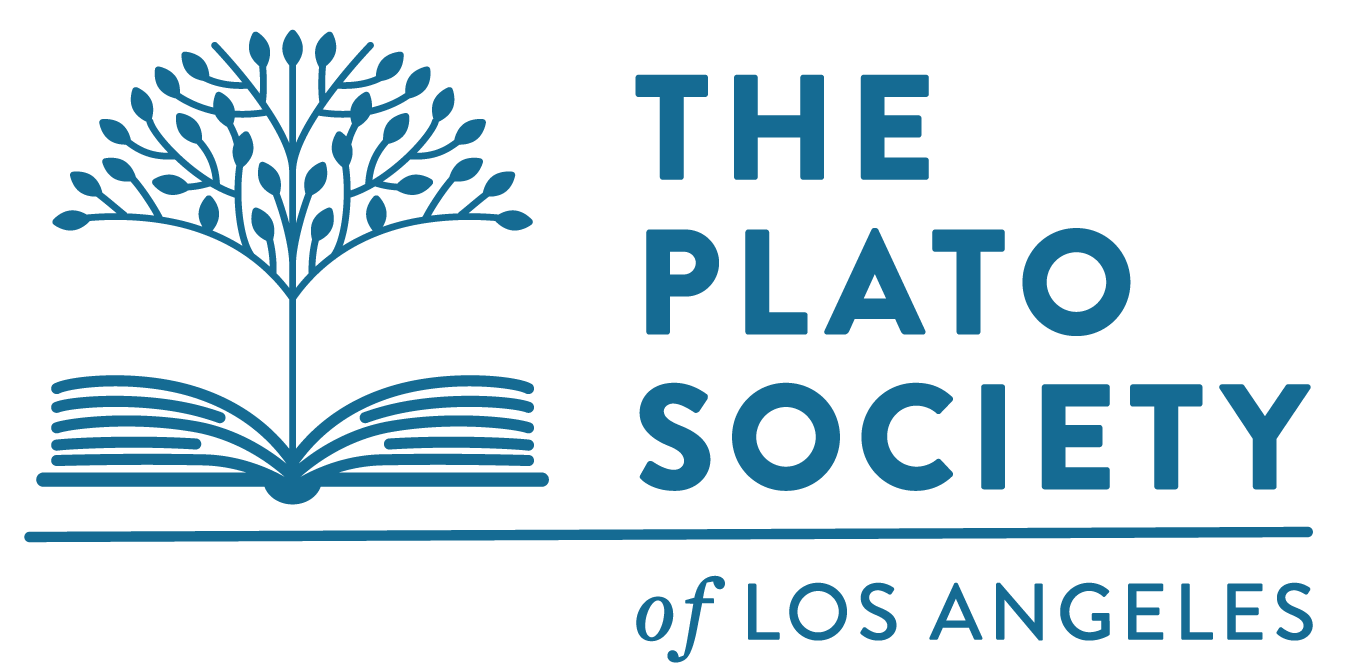Deng Xiaoping put it in a nutshell in 1992, when he argued for more joint ventures and more foreign investment: “Capitalist Tools in Socialist Hands.” As he saw it, the party had nothing to fear from more openness, since the means of production, from land, capital, energy, raw materials and labor, remained in the hands of the state. Even after the country joined the World Trade Organization in 2001, the Communist Party could provide the enterprises it favored with cheap land, cheap energy or cheap raw materials, not to mention cheap labor and a currency exchange rate controlled by the state.
In truth, what happened was not only no miracle but something far short of “reform.” Deng set a target growth rate for China’s economy at 7%, with corresponding quotas handed out to state enterprises. The scramble to meet and exceed the state’s targets caused waste in some areas and vast deficits in others. By the early 2000s, roughly 90% of all manufactured products in China were in chronic oversupply. To produce them, China required a constant flow of natural resources that strained global supply chains.
What was the result of the contradictions in the reform policies? Why is the image that emerges very different from the impression that many have of today’s China?. Why do the country’s gleaming cities resemble an impressively shipshape tanker, with the captain and his lieutenants standing proudly on the bridge, but below deck, sailors are desperately pumping water and plugging holes to keep the vessel afloat?




